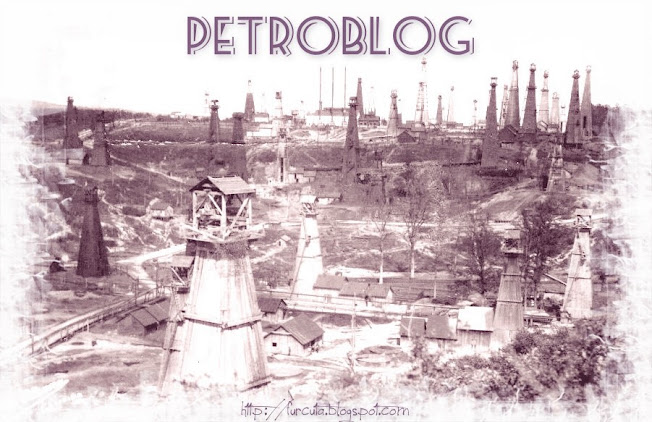First manually dug wells in Romania were made in the mid 19th century in the Păcureţi – Prahova, exploitation of oil wells was being done by hand wells with pulley and hecne with horse.The depth of these wells typically reached up to 150 meters by hand digging a well with a diameter of about 1.5 meters and alternative crossing of layers of clay, sandy clay, sandstone and oil-bearing sand.Lighting in the first phase is achieved through a system of mirrors and an advanced miner's lamps were used. In case of gas infiltration those lamps stopped flickering and so it had the advantage of preventing any explosion.
To ventilate the shaft in the beginning were used forging swell and, much later, primitive pumps.Descending into the well was made with the help of a bucket that was also used to evacuate the detritus resulted from excavations. This bucket connected to a rope was operated by a pulley or by a mule. Because of the stifling heat that increased in the depth, workers descended into the well dressed summary and they wore a heavy and uncomfortable metal hat on their head, a precursor to future helmets. Walls of the dug well were lined with impermeable clay and osier wicker against water infiltration. Wood was used as raw material in strengthening wells by using special hence. When the source of oil was reached the extraction began, oil being pull out using large buckets. When a bucket of oil was extracted another one was lowered into the well. With these primitive methods there could be extracted up to 10 tons of oil per day. The deepest wells dug by such means were in Breaza (320m) and at Popeşti – Urlaţi. 


